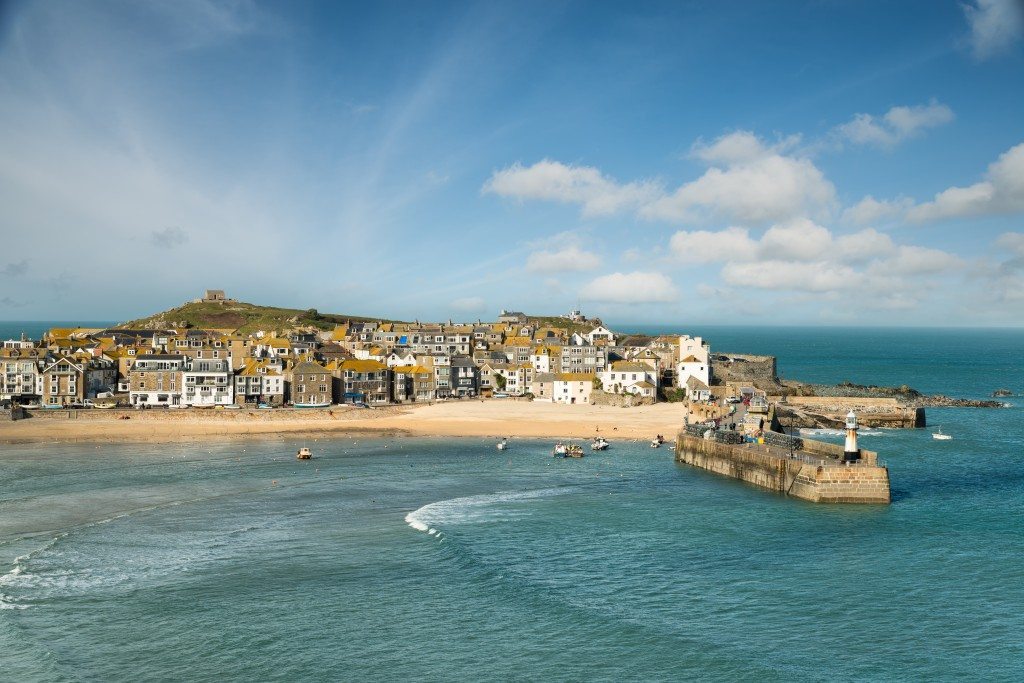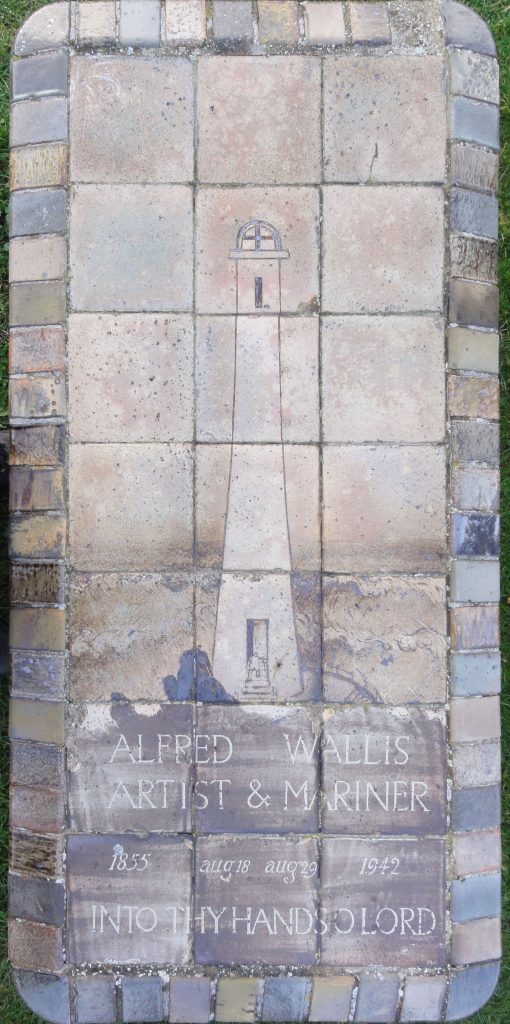Christmas Day, Boxing Day and New Years Day Sea Swims in Cornwall 2023
Every year on Christmas day, boxing day and new years day, people voluntarily run into the Cornish sea in...

Unlike many others Alfred Wallis developed a love of painting; his story is wrought with tragedy yet is inspiring and one that we can all deduct something of worth from.
St Ives is a town surrounded by beaches, it has a magical quality with it’s unique light that drew a lot of artists post-Alfred Wallis – what drew Alfred was a business opportunity to set up a Marine Store selling scrap metal, wood, sails and rope.
He operated his business as well as continuing to fish only this time locally having stopped venturing so far since the death of both his children. He wanted to be closer to his wife who sadly died also in 1922. It was in this loneliness that Alfred Wallis sought a new purpose, perhaps an outlet for his sorrow, painting.
Alfred Wallis produced paintings on odd scraps of paper and torn card. He painted, with materials bought at a shipping Chandlers, from memory and his scenes included his experiences of boats, the sea, harbour and Godrevy lighthouse. He painted in an age where he saw the mainstream dissolution of sail boats and the age of steam. His style is what you could call Naive Art, an approach redundant of perspective and scale which results in a childlike, charming quality.
It was a fortunate meeting with Ben Nicholson and Kit Wood, founders of the new era of art in St Ives, that brought him out of his hermitt like obscurity. They were walking the backstreets of St.Ives and spotted a door open, they saw an array of images painted on to bits of card and board and they knocked on the door and were invited inside.
Both artists commended Wallis on his honest, direct approach to image making, there was no doubt that his approach was unique and totally self developed. His paintings are based on real life events rather than constructed scenes which added to his fresh and untainted view of art.
He was propelled into a circle of highly progressive artist sof which Wallis was a huge influence. Sadly, during his lifetime Alfred sold few paintings and he died a pauper in the Madron workhouse; you can visit his tomb at Barnoon workhouse which is decorated with Tiles made by Bernard Leach.

Things have moved on in the art colony since Alfred’s days and the range of art galleries and courses available are plentiful. The Tate St Ives is there for inspiration too but really if there’s one takeaway from Alfred Wallis it should be do what you feel is right.
If you fancy just getting out your sketchbook and pencil and scribbling on the back of a train ticket, do it. Express yourself how you see fit and don’t care about what others are doing; be authentic and true to yourself. Examples of Alfred’s painting can now be seen at Kettle’s Yard and at the Tate St Ives.
If you enjoyed reading this blog, you might also enjoy reading about St Ives Art.
Image credits: https://www.tate.org.uk/art/artworks/wallis-the-hold-house-port-mear-square-island-port-mear-beach-t01087